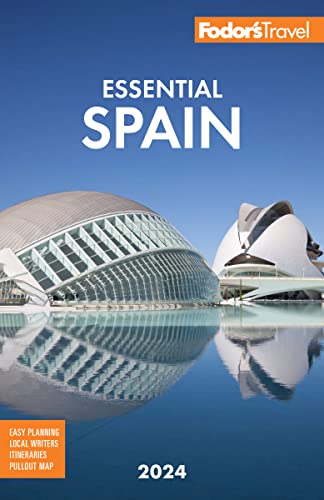Gran Canaria has three distinct identities: Its capital, Las Palmas (pop. 379,000), is a thriving business center and important shipping and cruise port; the white-sand beaches of the south coast are tourist magnets; and the rural interior has a forgotten-in-time allure and spectacular landscapes.
Las Palmas, the largest city in the Canary Islands, is overrun by tourists, traffic, exhaust-spewing buses, and hordes of shoppers—in other words, it's a city, the likes of which most first-time travelers don't readily associate with the archipelago. (Even so, it consistently ranks as number one in air quality among Spanish metropolises.) But there are plenty of diamonds in the rough including the 7-km (4½-mile) Canteras beach and well-preserved old town.
The south coast, a boxy ’60s development along wide avenues, is a family resort, popular with millions of northern Europeans. At the southern tip of the island, the Playa del Inglés (a popular gay-friendly retreat) gives way to the vast empty dunes of Maspalomas. The isle's interior is a steep highland that reaches 6,435 feet at Pozo de las Nieves. Although it's green in winter, Gran Canaria does not have the luxurious tropical foliage of the archipelago's western islands, and the landscape is often stark the rest of the year.






